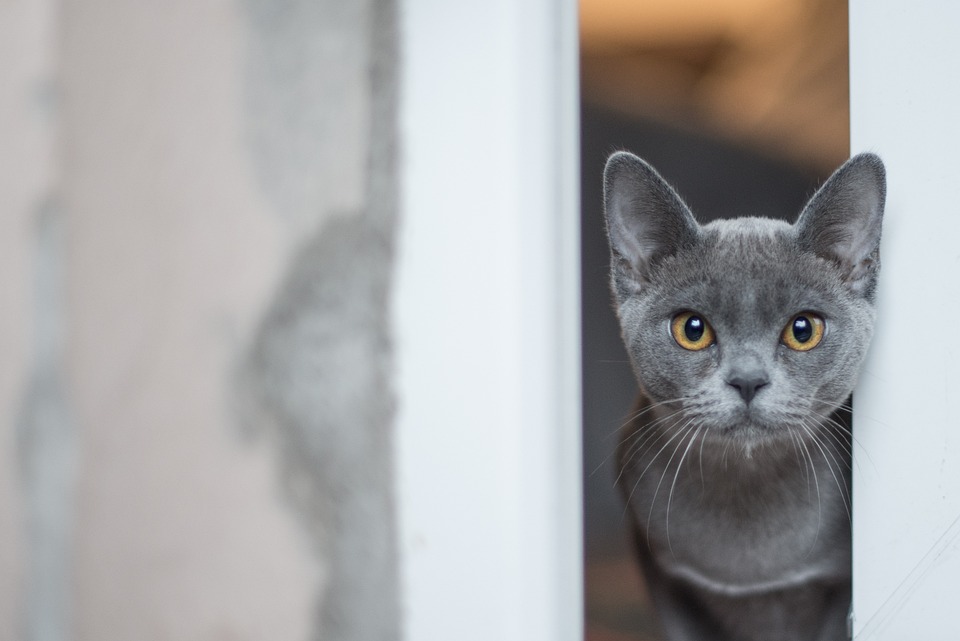Accept grooming, also known as allogrooming, is a behavior where cats groom each other. It is observed among cats that share a strong social bond, such as littermates, close friends, or mother and kittens. Accept grooming serves multiple purposes, including establishing social bonds, maintaining hygiene, and reducing stress.
One of the main purposes of accept grooming is to establish social bonds between cats. By grooming each other, cats exchange scents and pheromones, which helps them recognize each other and create a sense of familiarity and belonging within their group. This behavior contributes to a harmonious and cooperative living environment.
Accept grooming is also important for maintaining a cat’s overall hygiene. It helps remove dirt, debris, and loose hair from inaccessible areas, preventing matting and skin irritations. Additionally, the grooming action stimulates oil production in the skin, resulting in a healthy and glossy coat.
Furthermore, accept grooming has been linked to stress reduction in cats. The act of being groomed triggers the release of endorphins, promoting relaxation and a sense of well-being. Cats often groom each other during stressful situations, providing comfort and reassurance.
During accept grooming, cats primarily use their tongues to lick their grooming partners. The rough texture of their tongue aids in removing loose hair and stimulates blood circulation. Occasionally, gentle biting or nibbling may be observed, especially in hard-to-reach areas, but it should not be forceful or cause discomfort.
Accept grooming is typically a reciprocal behavior, with both cats taking turns being the groomer and the recipient. This mutual grooming reinforces the bond between cats and ensures that both individuals benefit from the grooming session.
Accept grooming can occur between cats that share a social bond, regardless of whether they live together or not. Cats from the same community or those that frequently interact in outdoor environments can engage in accept grooming.
While accept grooming is a natural behavior, excessive grooming can sometimes indicate an underlying health issue or anxiety. If you notice bald patches, skin lesions, or signs of distress in your cats, it is recommended to consult a veterinarian to rule out any medical concerns.
Although you may not be able to replicate accept grooming entirely, you can establish a bond with your cat through gentle petting and brushing sessions. These interactions help build trust and strengthen the human-animal bond, enhancing your relationship.
In conclusion, accept grooming is a behavior that serves multiple purposes for cats. By understanding its tactics and impact, we can gain valuable insights into the social dynamics and well-being of our feline companions. So, the next time you witness your cats engaging in accept grooming, appreciate the significance of this natural behavior.








